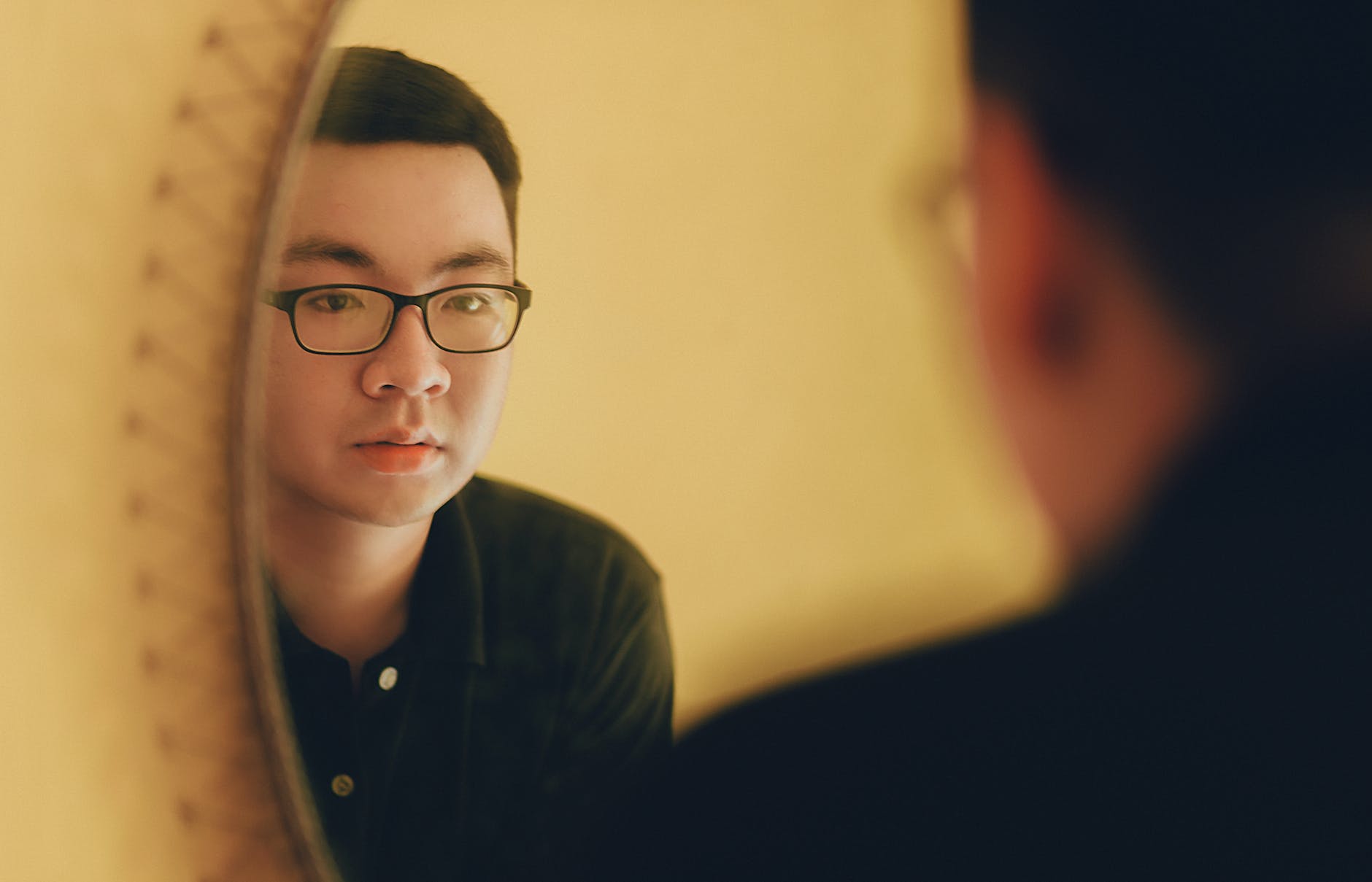You wear guilt Like shackles on your feet Like a halo in reverse I can feel The discomfort in your seat And in your head it's worse Halo, by Martin L Gore
In the intricate tapestry of life, the heart’s sudden cessation can unravel everything in an instant. Yet, when the dust settles and the heart’s rhythm is restored, a cardiac arrest survivor may find themselves grappling with an unexpected companion – guilt.
The Silent Burden of Survivor’s Guilt

Survivor’s guilt is a poignant emotion that casts a shadow over the euphoria of survival, whispering doubts in the quiet moments. A survivor might wonder,
“Why me?
Why did I make it through when others did not?”
At the heart of survivor’s guilt lies a deeply ingrained desire to find meaning amidst the chaos. This emotional response is a testament to our innate search for purpose, even in the face of seemingly random events. However, it’s crucial to recognise that the occurrence of a cardiac arrest event is not a calculated result of fairness or fate. It’s a collision of factors as diverse as the lives it affects, and survival is not a linear equation.
Survivor bias, the tendency to focus solely on our own outcome, blinds us to the intricate web of variables that shape individual destinies. Every life is a unique journey, influenced by genetics, circumstances, and an immeasurable array of unknowns. Surviving doesn’t mean that one’s life is more valuable or that others are less deserving. It’s about acknowledging the unfathomable complexity of existence.
To quell the tempestuous waves of survivor’s guilt, we must endeavour to reframe our perspective. Surviving isn’t about stealing opportunities from others but embracing the gift of a second chance. It’s an opportunity to honour the memories of those who didn’t make it by living our lives to the fullest. Each heartbeat becomes a resounding tribute to their existence, a testament to the interwoven tapestry of lives that beats on through our survival. By channelling our experiences into raising awareness, supporting research, and spreading compassion, we weave a new thread into the lives of those we remember.
Understanding the Ongoing Impact on Survivors

When supporting a loved one who has experienced cardiac arrest, it’s important to recognise that the effects of the trauma continue long after the initial event. While survivor’s guilt focuses on grief over lost lives, it often glosses over the lingering struggles survivors themselves face.
Many survivors are burdened with health complications, drastically reducing their quality of life. Cognitive impairments, PTSD, anxiety, depression, and physical disabilities are not uncommon after cardiac arrest, even when initial recovery looks positive.
Survivor’s guilt frames survival as an unambiguously joyful outcome. But the reality is more complex. Not all survivors feel elated at having survived. Some face physical and mental health issues for years to come.
While grief over lost loved ones is understandable, survivor’s guilt can blind families and partners to the nuanced, often difficult reality their loved one faces post-cardiac arrest. Recognising and validating these ongoing challenges is vital for providing empathetic support through the survivor’s journey.
Treading the Waters of Guilt: Family, Partners, and Rescuers

The heart may be an organ, but its beat resonates through the lives of loved ones and even strangers who become rescuers. Surviving a cardiac arrest ripples beyond the individual, creating waves of guilt that touch the lives of those entwined in the survivor’s story.
The tendrils of guilt may wrap themselves around survivors, entwined with the traumatic echo their near-death experience leaves on their families and partners. The ‘what ifs’ and ‘could haves’ become an emotional labyrinth to navigate. However, it’s important to remember that love is a force that surmounts guilt. Communication becomes the lantern that guides us through this labyrinth, lighting the path toward understanding and healing. Sharing feelings, voicing fears, and acknowledging the weight of survivor’s guilt can lead to a stronger bond within families and partnerships, where healing becomes a collective journey.
A symphony of guilt plays on the hearts of the rescuers as well. The unsung heroes who rushed in, attempting to rewrite fate with every chest compression and defibrillation, may feel guilt’s weight upon their shoulders. Whether it’s the ticking clock of promptness or the rhythm of CPR, it’s essential to acknowledge that rescuers are humans, not superheroes. The unpredictable nature of cardiac arrests and the complexities of medical responses often transcend the bounds of control. Rescuers showed courage and compassion, and while they might grapple with feelings of inadequacy, their efforts are invaluable in the stories of survival.
Self-Reflection and Reclamation

Guilt isn’t always an external spectre – it can also spring from within, as survivors wrestle with their choices, lifestyles, and past decisions that might have contributed to their cardiac event.
As survivors emerge from the shadow of their cardiac event, they may face guilt as they trace back their steps to lifestyles and habits that might have played a role. This journey through introspection is not an avenue for blame, but a pathway towards self-discovery and growth. It’s about recognising the power of choices and embracing the opportunity to make healthier decisions. This type of guilt should be seen as a catalyst for positive change, a chance to rewrite the narrative of one’s life in a way that nurtures the heart and soul.
However, it’s important to tread lightly in this territory of self-reflection. The path from guilt to growth is fragile, and self-blame can easily become a labyrinth of negativity. Just as physical healing requires time and care, emotional healing demands the same gentleness. Self-forgiveness becomes the cornerstone of moving forward. The heart that beats anew deserves nurturing, not punishment. It’s about understanding that the past is immutable, but the present and future can be shaped by the choices we make today.
A Path to Healing: Embracing Compassion

In the tapestry of survival, guilt may be a single thread, but it need not be a shackle. Instead, it serves as a reminder of the complex emotions that come with second chances. By confronting, discussing, and reframing this guilt, we can transform it into a vibrant mosaic of resilience, empathy, and renewed purpose. Through acknowledging our past and forgiving ourselves, we learn to embrace compassion for both others and ourselves.
Guilt, often weighing heavily on our hearts, can be overwhelming.
It whispers in our ears, reminding us of the moments when we may have caused harm or missed opportunities. However, by embracing these feelings, we can gain the ability to understand the depth of their actions and the impact they have had on others. This understanding becomes a driving force that leads to personal growth and the determination to make amends.
When survivors discuss their guilt, they create a safe space for introspection and healing. Sharing their experiences with trusted individuals who can provide support and guidance allows them to explore the complexity of their emotions. These conversations become windows into the depths of their souls, offering a chance to examine the situations that led to their guilt, understand their motivations, and learn from their past actions. Through this process, survivors reframe their guilt, transforming it from a burden into a source of strength.
This empathy acts as a healing balm, soothing the wounds of both the survivor and those they encounter on their journey. As survivors weave their guilt into the tapestry of their lives, they discover a profound sense of purpose. They recognise that their past experiences have shaped them into individuals who possess a unique perspective and the ability to make a positive impact. No longer burdened by the weight of their guilt, they step into the world with a renewed determination to contribute to the well-being of others. In the end, guilt need not be a permanent mark of shame but rather a catalyst for growth and transformation.
Survivors who navigate the complex web of their emotions can emerge as beacons of hope and inspiration, showing others that it is possible to rise above guilt and forge a path towards a brighter future. By embracing compassion, reframing their guilt, and finding their purpose, survivors not only heal themselves but also create a ripple effect of healing in the world around them.

After our first meet-up in February 2015, I realised I was not alone. It was the first time since my cardiac arrest the previous year that I had spoken face-to-face with someone who had experienced what I had. This was also true for my wife, who also happened to be my lifesaver. From that meet-up, the idea of SCA UK was born. Since then, we have achieved a considerable amount, primarily providing information, resources and support to others in a similar situation but also raising the profile of survivorship and the need for better post-discharge care. We are starting to get traction in this, and with the formation of the charity, I genuinely believe we have a bright future ahead and will make a significant difference in the lives of many who join our ranks.


1 thought on “Navigating the Heart: Unveiling the Layers of Guilt After Cardiac Arrest Survival”